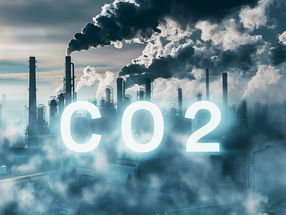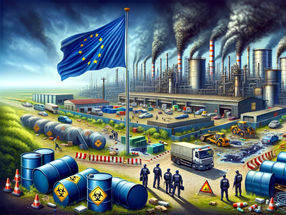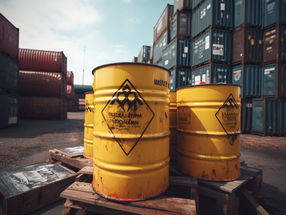ECHA: Second public consultation on harmonised classification and labelling
ECHA has published the second public consultation on a proposal to harmonise the classification and labelling of four chemical substances. Comments are welcome on the proposal within the next 45 days. All comments will be taken into account in the subsequent decision-making process. The substances and their proposed classification, as submitted by two Member States (France and the Netherlands) are:
- Di-tert-butyl-peroxide (FR), which is used for example to bond together polymer chains in polymer synthesis (a cross-linking agent) or to start a polymerisation reaction (a free radical polymerisation initiator), is proposed to be classified as a Category 3 mutagen ( see below for an explanation of the Categories).
- Gallium arsenide (FR), which is used for example in integrated circuit manufacture in the microelectronics industry, is proposed to be classified as toxic to reproduction Category 2, carcinogen Category 3, and as toxic because of the danger of serious damage to health by prolonged exposure.
- Indium phosphide (FR), which is used for example as a semiconducting compound in electronics, is proposed to be classified as toxic to reproduction Category 3, carcinogen Category 2, and as toxic because of the danger of serious damage to health by prolonged exposure.
- Trixylyl phosphate (NL), which is used for example as hydraulic fluid in industrial power generators, is proposed to be classified as toxic to reproduction category 2.
The Dutch and French authorities have submitted to ECHA comprehensive dossiers on these substances and asked for their classification and labelling to be harmonised across the European Union.
Explanation of Categories
The rules for the classification of dangerous substances according to the degree of hazard are contained in Council Directive 67/548/EEC:
Category 1: There is sufficient evidence to establish a causal association between human exposure to a substance and ill health (cancer for example in the case of carcinogens).
Category 2: There is sufficient evidence to provide a strong presumption that human exposure to a substance may result in the development of ill health, generally on the basis of appropriate long-term animal studies and other relevant information.
Category 3: Substances which cause concern for man but in respect of which the available information is not adequate for making a satisfactory assessment. There is some evidence from appropriate animal studies, but this is insufficient to place the substance in Category 2.
Other news from the department politics & laws
Most read news
More news from our other portals
See the theme worlds for related content
Topic world Synthesis
Chemical synthesis is at the heart of modern chemistry and enables the targeted production of molecules with specific properties. By combining starting materials in defined reaction conditions, chemists can create a wide range of compounds, from simple molecules to complex active ingredients.

Topic world Synthesis
Chemical synthesis is at the heart of modern chemistry and enables the targeted production of molecules with specific properties. By combining starting materials in defined reaction conditions, chemists can create a wide range of compounds, from simple molecules to complex active ingredients.




























































